For better or for worse, everything changes sooner or later and Indian parenting trendsare no exception to this rule. From conservative to liberal and from traditional to the modern, we’ve witnessed myriad changes in parenting. So, let’s trace the evolution Indian parenting and find out how it evolved to the way it is right now.
Although we’d like to make a list that covers the time way before the 60s, however, it’s hard to find reliable sources that tell us how those times exactly were. Even Indian cinema (which we would use as one of our primary source of reference) became more prominent only after the 60s.
Evolution of Indian Parenting (From 60s to 2010s)
1. The dark ages (60s and 70s)
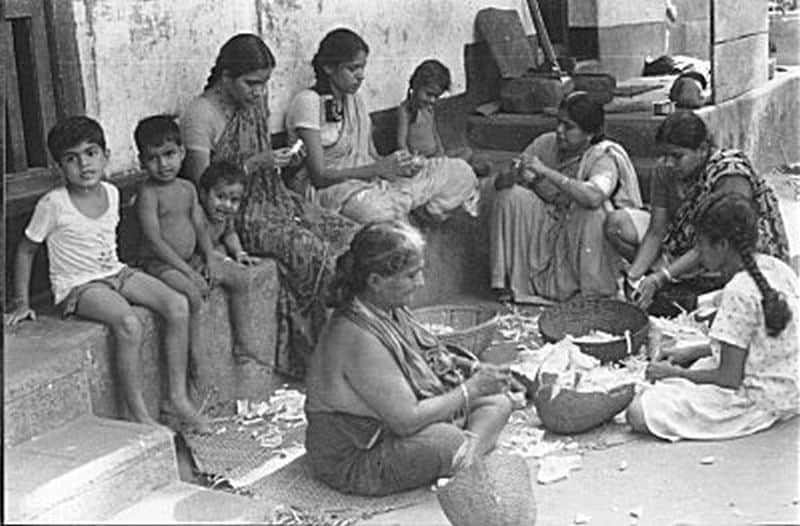
Image Source :kamat.com
While in Europe and the US, most of the nations had successfully recovered from the World War II trauma, it wasn’t so with India. We weren’t settled with Pakistan even after the partition (we still aren’t). The Indo-Pak Wars of 1965 and 1971 festered our wounds even further. The country’s position might have been better still if that was all. However, this wasn’t even half the story. In addition to all this, there were many more additional traumas like that of loss to China in Indo China war (1962), and the 21-month emergency. The country as whole surely had no time to breathe during this 20-year period and one can see a reflection of the same in the Indian Parenting of the 60s and 70s.
Indian Parenting of the 60s and 70s
If you were a child in the 60s or 70s, you didn’t have just one parent. You’ve had many. There were dozens of aunts and uncles living under the same roof along with grandfathers or grandmothers who were generally the heads of the family. It’s a setting that we still fantasize about in most of our present-day daily sop serials. There was no television but there was plenty of drama. As far as parenting is concerned, it was extremely strict. Keeping in mind the ever-present poverty, there was an air of miserliness all around. Kids rarely received presents of any sorts. No matter how good the child behaved, beating was inevitable.
On the positive side of it, since people of the 60s and 70s didn’t have any source of entertainment except radio and newspapers, social ties among people were very strong. The entire family would gather over lunch and dinner. Isolation among children was unheard of. Consumerism was still in its incipient stages, so there was nothing like junk food or adulteration anything. Food (although scarce) was mostly healthy.
The parents
The fathers were generally unemployed or had a low paying government job. Mothers, for the most part, were just housewives and took care of the household. The times were tough, but the parents were even tougher. They would beat up their children at the least bit of argument and rarely tolerated them going against their wishes.
The children
The children were well-behaved both within their family or at school. They rarely had eating preferences and relished all sorts of fruits and vegetables. The average children fantasized about fitting into the gender roles of their parents. However, the sensitive ones or the ones with artistic abilities usually had a lot of repressed desires. Everyone woke up early, as there was literally nothing to do at night. Thanks to government bans of all sorts, literally no child was at the risk of drug addiction or substance of abuse. Most of them were happy go lucky.
Cinematic representation of parenting of 60s and 70s
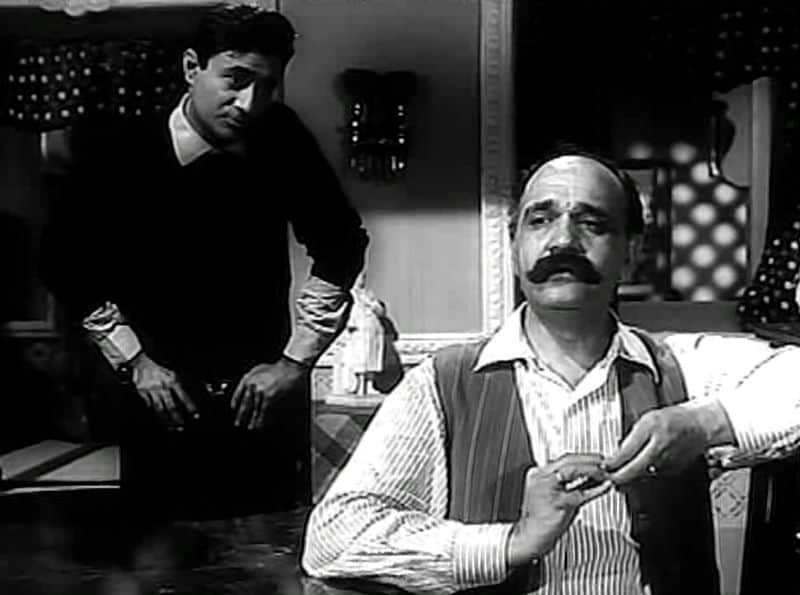
Image Source : raatakelihain.files.wordpress.com
Classic Bollywood films like Ardh Satya (1983) and Tere Ghar Ke Saamne (1963), faithfully represent the Indian parents of the 60s and 70s.
2. The Chic Era (The 80s)
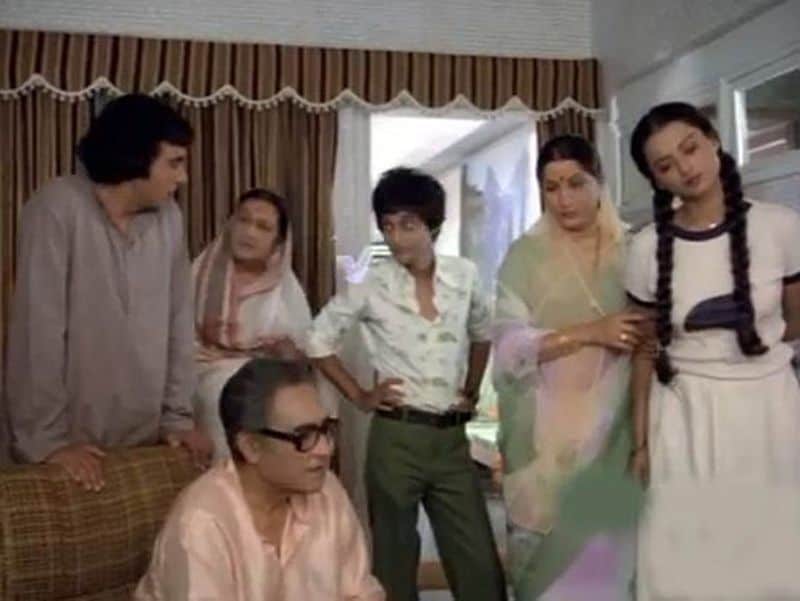
Image Source : media.santabanta.com
In a nation that had seen nothing but trouble for the past century or so, this was a relatively stable time. Although there were plenty of poverty and troubles in the 80s too, but it was nothing like before. Now that the government no longer had to tackle wars and other crisis, it could do something for the citizens too. In a country that was expanding its roads and electricity network, there were plenty of government jobs. However, private companies were still unheard off. Television made its appearance during this time, even though it had only one or two government funded channels.
On the whole, during the 80s, plenty of Indians pulled themselves out of the uncertainty of the earlier times and were living stable lives. In fact, the rise of middle class is evident in the significant developments in the intellectual sphere. There were art films, libraries, and art circles for everyone to enrichen their knowledge.
Indian Parenting of the 80s
The 80s marked the beginning of the rise of nuclear families in India. The average family had a father, mother, two or three children, and lots of love. Both the children and the parents were kind of heaving a sigh of relief. They no longer had to bear the pressure of joint families, but they were somehow missing them too. The parents were moral, but didn’t usually go out of the way to teach their kids a lesson. Last but not the least, within limits of decency, they allowed their kids to choose the clothes they wanted to wear and the food they wanted to eat.
The parents
Father had a job that was usually good enough to take care of the household. Some of the mothers were working too, but they did so only in less time-consuming jobs like those of teachers. All in all, the parents were well-informed, well-dressed and well-behaved. They had a bit of the 80s charm to them. Depending upon the situation, they could be very traditional or modern.
The children
Since the children could finally express their opinion without incurring their parent’s wrath, they were more open about themselves. Moreover, although special talents among children weren’t discouraged, the childrenwere generally expected to worktowards a well-defined vocation like that of a doctor, engineer, architect etc.
Cinematic representation of parenting of 80s
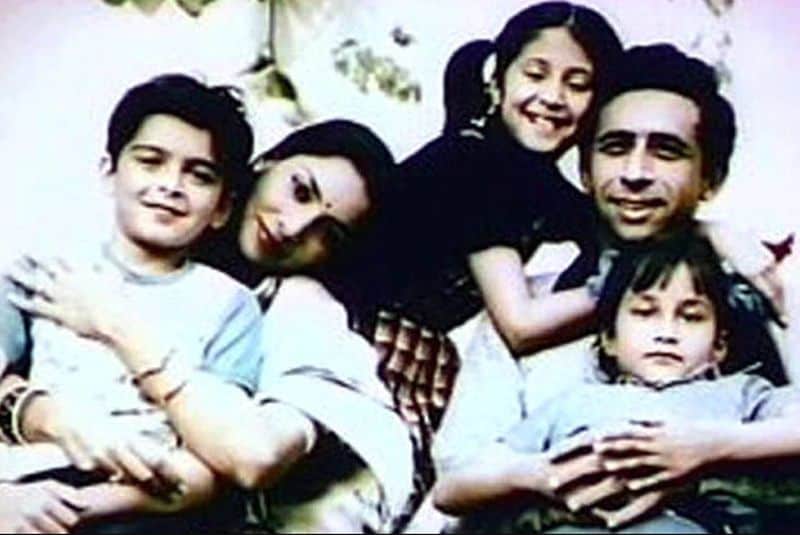
Image Source : akm-img-a-in.tosshub.com
Classic films likeKhoobsurat(1980) andMasoom (1983) perfectly sum up 80s parenting. Masoom in particular wasamongst the many Bollywood movies of the 80s that represented the child protagonists not as foolish and amateur but as intelligent and sensitive.
3. Best of both worlds (90s and 2000s)

Image Source : s3.india.com
There comes a time in almost every nation’s destiny that it is so bogged down by its own failure that it is forced to take drastic steps for the sake of its own sustainability. In case of India, this happened during the year 1991. India was plunged so deep into economic crisis that the Prime Minister P.V. Narsimha Rao decided to rope in the then relatively less known economist Manmohan Singh as the finance minister. India at the time was economically choking and needed a CPR, and, with the decision to liberalize Indian economy, Manmohan Singh gave it precisely that. What followed was an era of unprecedented prosperity, which gave rise to the legend that we know today as the 90s kid.
Indian Parenting of the 90s and 2000s
During this time period, since both the parents and the children were witnessing change, they were literally on the same wavelength. Cable television played a very important role in uniting them. In fact, TV-Shows too were mostly family oriented and had each member of the family as their target audience. Moreover, since it was usually the same vices that afflicted both the parents and children, there was an atmosphere of allowance and joviality.
The parents
Thanks to the liberalization, now there were jobs for everyone who possessed even the least bit of skill. Therefore, most of the Indian parents of this period were working. There weren’t just government jobs like in the past, but private ones too. In addition, the mothers too could leave their stereotypical jobs like that of a teacher and could opt for other career choices and even full-time jobs. It is because of this gender equality that, at that time, there grew a great understanding between the father and the mother.
The children
In a life filled with cartoons, comics and video games, the Indian kids of the 90s had plenty of happy memories. In this, they had great advantage both over the generations before them and the generations after them. Kids before this generation had too little to remember and the ones that came after it had too many. Life was a playground and you could have fun no matter whether you were staying inside the house or going outdoors. Moreover, for the first time, children could opt for a variety of western games like basketball, football, badminton, volleyball etc. Nevertheless, cricket was the staple diet.
Cinematic representation of parenting of 90s and 2000s
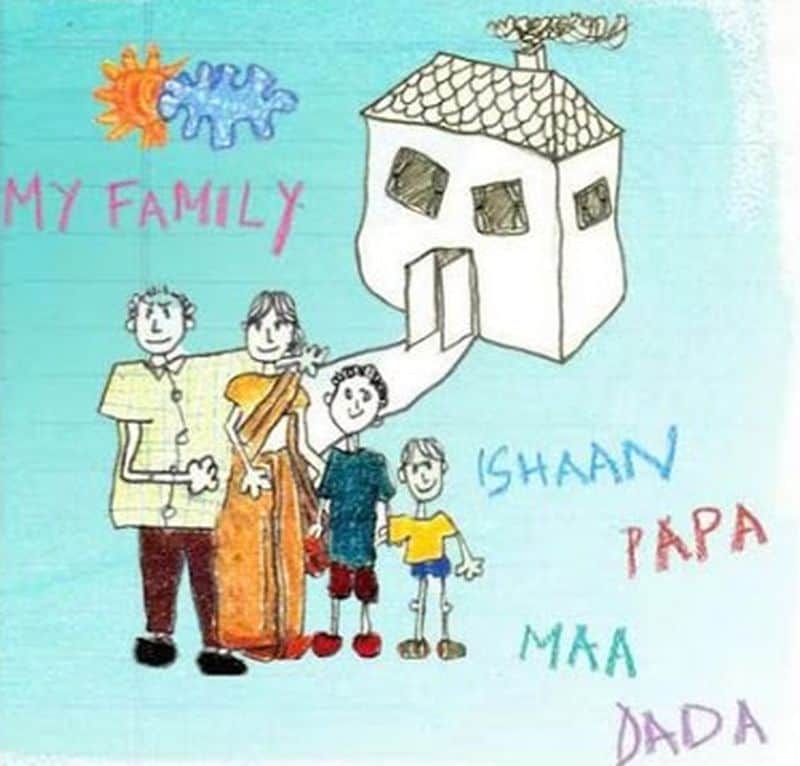
Image Source : i.ytimg.com
TV shows like Hum Paanch (1995-1999) and movies like Taare Zameen Par (2007) show how you the troubles and aspirations of parenting of this era.
4. The Smartphone era (The 2010s)
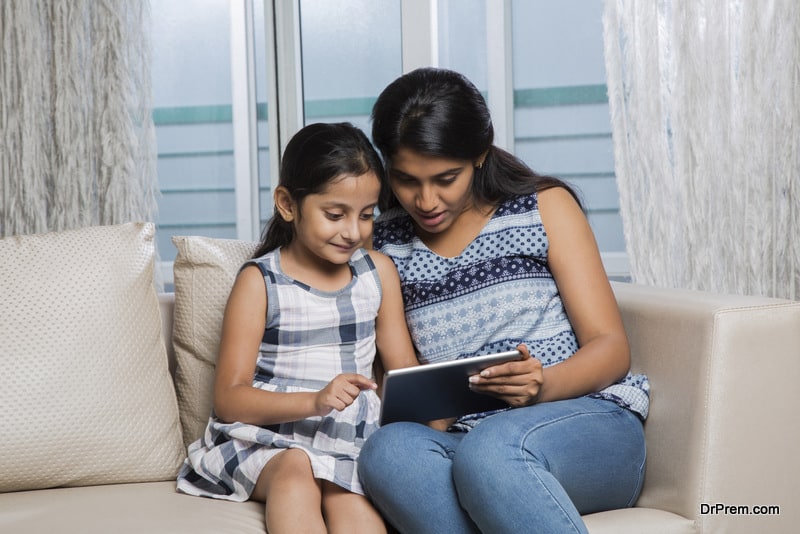
There are three things that define the 2010s for India. First, the Internet. Second, the smartphone. Third, the announcement by JIO 4G, which availed high speed internet to the masses at super-affordable prices. In fact, thanks to JIO, India is the country with the cheapest internet in the world. Add to this the availability of cheap smartphones, and you have the perfect recipe for a widespread change. For the first time, pretty much everybody you know is on Facebook, Instagram and WhatsApp. This isn’t without consequences though and not all the consequences are pleasant.
Indian parenting of 2010s
Once again there is a gap between the parents and the children. However, this time, the gap isn’t from the parent’s side, it is from the side of the children. Although the parents have adapted themselves pretty well to the new technology, nevertheless, their kids have the advantage of being born into it. Therefore, with this era, the tables have finally turned. Just like it was with the kids earlier, nowadays it is the same with the parents. Now parents are the ones who are always trying in vain to find out what’s going on in the lives of their children. However, since their minds can’t take in huge amount of information, they find it impossible to catch up.
The parents
Just like the 90s and 2000s had the best of children, the 2010s have the best of parents. Now the parents no longer depend upon their traditional wisdom for parenting advice. They absorb whatever information they can get regarding the matter on both social media and the Internet. Thanks to the positive influence of inspirational movies like 3 Idiots (2009), Queen (2014), and Dangal (2016), the parents are now far above gender stereotypes.Far from hindering their child’s artistic abilities, they foster it. For them, becoming an artist or a writer is as good as becoming an engineer or a doctor. They are even-tempered, conversational, and sensitive. They are the kind of parents every generation desired to have.
The children
As far as the children are concerned, the 2010s is kind of a bittersweet time. Now the children have everything that their previous generations desired. They have limitless sources of information, entertainment and opportunities. However, along with this, they are also quite dissatisfied and directionless. They can get more than what they want on their phones, but they no longer feel happy on discovering new things. They know that they have so many career options, but it is extremely hard for them to select one. In addition, as their parents and peers can’t fully understand them, plenty of children of this era are bound to suffer from isolation and alienation.
Cinematic representation of parenting of 2010s

Films like Mard Ko Dard Nahi Hota (2018), with their blend of both imagination and reality, show both the unreachable imaginary world of the present-day children and their parents failed attempts to get an understanding of it.
Final Words
If parenting is an open book, then we shouldn’t be afraid to turn back the pages. Although we are living in what we can call the golden age of Indian parenting, there’s still plenty that we can learn. By opting for traditional parenting approaches like dining together and reading stories to our children, we can easily find the much-covetedplace in our children’s heart and make them feel less lonely and alienated.



